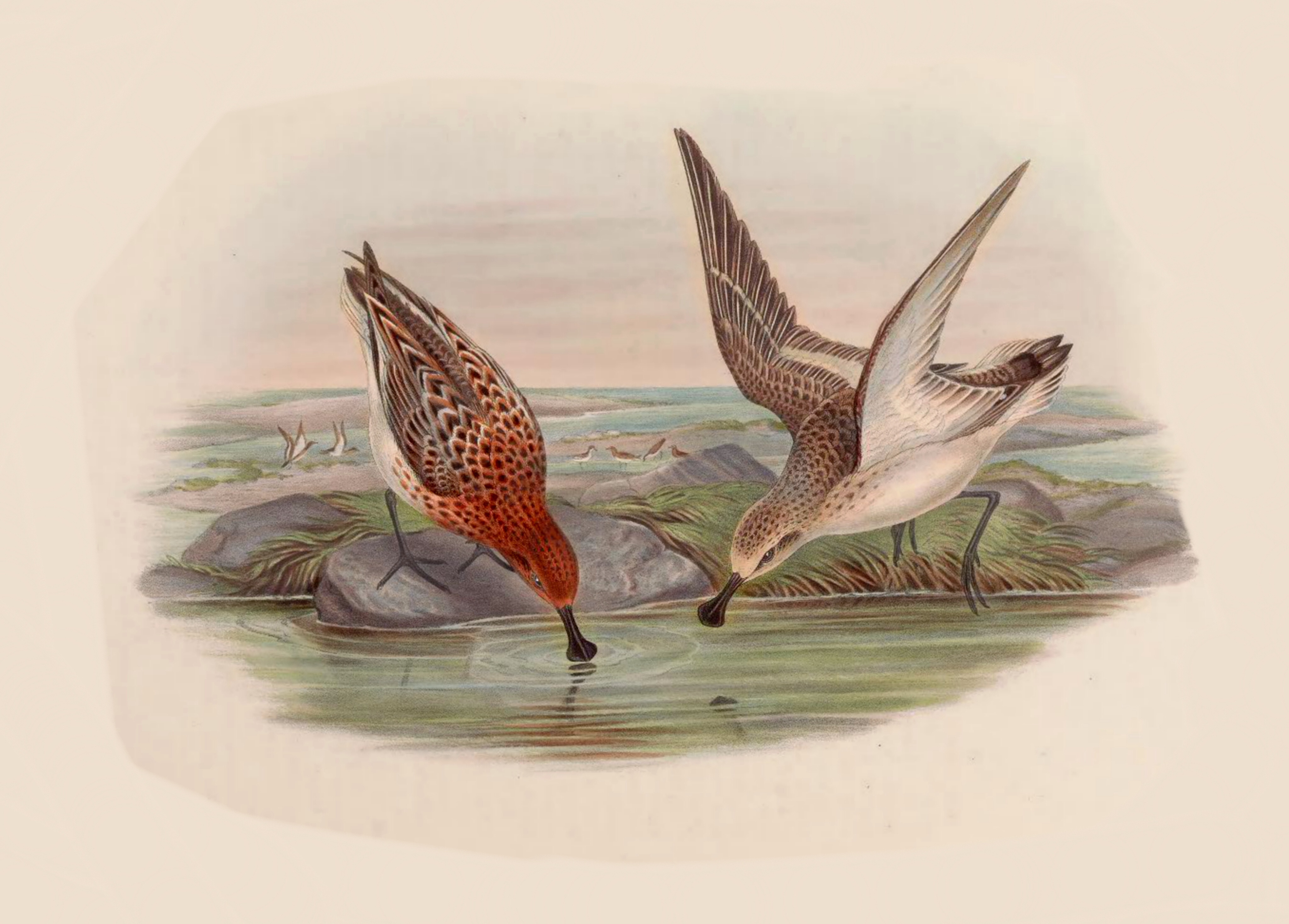The spoon-billed sandpiper Calidris pygmaea is one of the most threatened birds on the planet. It breeds on the Chukotsk and Kamchatka peninsulas in the Russian Far East, migrates through Russia, Japan, North Korea, South Korea and the Jiangsu coast of China to winter in southern China, Bangladesh, Myanmar and Thailand, 8,000km from its breeding grounds. Its IUCN threat status was upgraded from Vulnerable to Endangered in 2004 and to Critically Endangered in 2008. The species declined from an estimated 2,000-2,800 breeding pairs in the 1970s to 1,000 pairs in 2000 to less than 250 pairs in 2014. Between 2000 and 2009, the population was declining by 26% per year. In 2010, the Spoon-billed Sandpiper was facing imminent extinction, predicted to occur in just 5-10 years.
Studies on the breeding grounds indicate that the severe population decline in the 2000s was driven by high mortality of young birds – the proportion of fledged birds that returned to the breeding grounds was very low, just 0.05 birds recruited per adult per year. In contrast, adult survival (76% p.a.) and productivity (about 0.6 young fledge per pair annually) were within the bounds of what would be expected for a small arctic-breeding wader species. The bird forages in shallow water, and mudflats during the winter. The specialised spatulate bill helps the bird grab tiny clams, arthropods, and other invertebrates living in the sand and mud that the bill stirs up as it sweeps from side to side.
Sources:
Saving Spoon-Billed Sandpiper.com
http://www.saving-spoon-billed-sandpiper.com/spoon-billed-sandpipers/
Bird Forum
http://www.birdforum.net/opus/Spoon-billed_Sandpiper

- Login om te reageren
